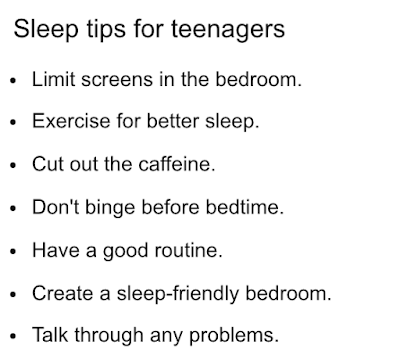The game, teams, players, and coaches undergo metamorphosis. We adapt and flourish, stagnate, or regress. The root causes of success or failure aren't always clear.
The Daily Coach shared Darwin's Eight Rules for Learning. Do they apply for us? What are our annotations?
- A life long program of concentrated self-study. Setting aside time to read each day and never read without a pen and highlighter. You must read to learn. (Have a morning routine to start winning the day. I study a MasterClass (today was poet Billy Collins), write, and read.)
- The keeping of a daily journal put on paper your progress and write about the subjects you are learning. Reinforce into your mind by writing your lessons. (The act of transcribing handwritten information helps reinforce learning.)
- The habits of scribbling notes immediately after hearing something. Carry a little notebook with you at all times. We all have note-taking systems on our phones, but handwritten notes prove more effective. (Many people maintain a small 'commonplace book'.
- The keeping of index cards of book notes and file system to make sure you can refer to those notes. What good is learning something if you cannot go back and use your new-found knowledge?
- Always test “beloved concepts.” Prevents confirmation bias from occurring. If you love an idea, keep working on why it might end up being a horrible one. (Confirmation bias is only reading that which you already believe. Being proven wrong or ignorant is painful, and unlearning false information is difficult or impossible. Buffett's partner, Charlie Munger reminds us to "invert" - consider the consequence of the opposite of our belief or decision.)
- Learn something by heart—no shortcuts. Take time. Gaining wisdom is not a sprint, rather a marathon.
"To see a world in a grain of sand,
And a heaven in a wild flower.
And a heaven in a wild flower.
Hold infinity in the palm of your hand,
And eternity in an hour."
I memorized this William Blake stanza from a birthday card when I was thirteen. It was worth the trouble; stop and smell the roses.
7. Seek to EARN the approbation of great people. Find someone you admire and learn how they learn. (Find mentors for general study and specifics. Think about the process of learning; metacognition, thinking about thinking.)
8. Humility to seek not fame. Wisdom flows to the humble man like water flow into a depression. (The act of acknowledging our ignorance is the springboard for learning.)
Lagniappe: "The next new thing..." via Chris Oliver
Defense works to catch up with offense. "Shortening rotations" might help win the battle between separating and preventing separation.#1 Most Read Blog posted in August - Global coaching trends including the next ball screen defense https://t.co/tIURRlgoJq New Zealand's national team demonstrates the "next" ball screen coverage. This was one of my trends in basketball that is becoming more popular. pic.twitter.com/kYs8nuklk3— Chris Oliver (@BBallImmersion) August 30, 2019



























